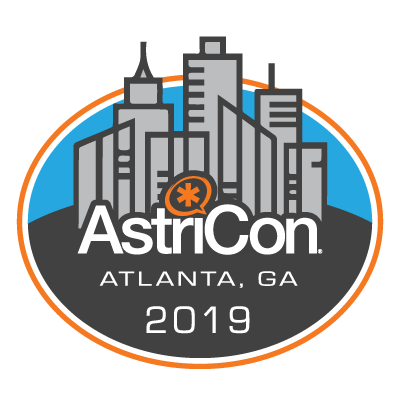I was fortunate to be asked to keynote at AstriCon 2019. Below are the slides. I provide some commentary in this weblog, and the video is at the end of this weblog, start at 17:28 for my keynote.
The title is “Show my the ‘UCing Money,” the ‘f’ is silent 😉 I opened with a rant on the current state of marketing noise in the enterprise communications industry. Which is mostly done to fatigue people into not making the best purchase decision for themselves, rather the brand they’ve seen most often.
The focus of the presentation is to provide some numbers around the impact open source telecom software projects on programmable telecoms. I showed the broad landscape of programmable telecoms (slide 9). Which is about $100B+, as explained at TADSummit 2018 last year. I then focused on 2 parts of the landscape, the enabling technologies, which is dominated by open source projects; and employee communications.
Open source underlies this $100B+ market. And there are many projects. Not just FreePBX and Asterisk. I highlighted other projects such as: Wazo, OpenSIPS, Kamailio, VICIdial, and many more. One of the reasons Asterisk is used in so many applications is because of all these other projects. As a community of communities we need to get more people aware of how to use these projects together.
For employee communications, slide 11, the logo cloud is partially to show how many providers are in this market. And to introduce the bottom up build from the individual company revenues to the total market, shown in slide 13. A few of the key points from this slide are:
- Open source is used by 80% of the small and medium companies, just like the 82% of open source web servers on the web. The FreePBX / Asterisk community has created a $4B industry and small/medium sized providers in UC, growing to $8B in 2022.
- Telcos / channel are responsible for the revenue gap between figures shown in slide 13, and the usual $33B by 2021 quoted. Telcos consider communications to be commoditized, their focus is 5G, edge compute, IoT, etc. So there’s likely $10B up for grabs in this market. To be a small / medium provider in the UC space is part of a large ($4B) and growing ($8B by 2022) market, with significant upside ($10B) through the coming decade. There’s the money!
I then focused on the results of an open source telecom project survey I ran through May and June 2019. This is a tiny sample from the 100s of slides. To quantify how popular Asterisk is, and the many applications for which Asterisk is used. Some of the take-aways are:
- Ansible it broadly popular across all open source projects, and making more scripts available, especially in setting up multiple projects. And more broadly, there’s a need for the open source projects to work together in educating how the projects are used together.
- Native Cloud (AWS, Google, etc.) is not a popular choice, due to many practical issues. The world is post-cloud, its hybrid.
- Some of the geographic issues came through the survey, such as the skills gap across Asia, Africa and South America. Some in Europe were surprised at the size of the Asterisk / FreePBX responses. If we do a follow-up survey we’ll explore these geographic issues in more detail.
I then moved to wrap-up with emphasizing the need to focus on the customer not the marketing noise. UC is not a winner takes all market because of:
- Trust – most businesses do not have an IT department, they need someone (a techy) they can trust
- Local – people need to talk to people, when there’s a problem they may need someone that can physically be there because its their business.
- Easy – solve problems, not provide the technology.
- Price – most people a frugal. It’s about good enough, not a long list of features;
- Hybrid – cloud is not the default answer, often its hybrid and on-premise. Internet access sucks in many locations around the world.
I shared why Sangoma is a good partner given it has the best stocked shelves of any enterprise communication provider. This replicated what Bill Wignall, the CEO of Sangoma, presented earlier. I’d not seen his slides, so this was just my view:
- Stability and experience: 1.5 million UC seats across 150 countries – there are many underserved geographies form the open source survey, and Sangoma can help;
- Focused on reality of business, not the hype. Sangoma are well aligned to the USP of the channel across: trust, local, easy, price, hybrid.
- Well-stocked shelves to help partners deliver complete solutions to their customers. I highlighted they not only have a CPaaS from VoIP Innovations, but a Showroom, so the apps created can be sold across the Sangoma ecosystem (1.5M seats); and
- Helping level the playing field for those outside the BABS (Bay Area BS) machine.
I finished on highlighting the importance of being part of open source enables everyone involved to ‘Stand on the Shoulders of Giants’ source Bernard of Chartres in 12C (not Sir Isaac Newton, 1675). Focus on what the customers’ need, not the marketing noise.

Pingback: TADSummit 2020 - Blog @ Telecom Application Developer Summit (TADS)